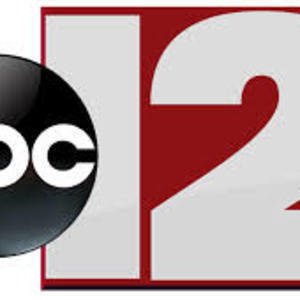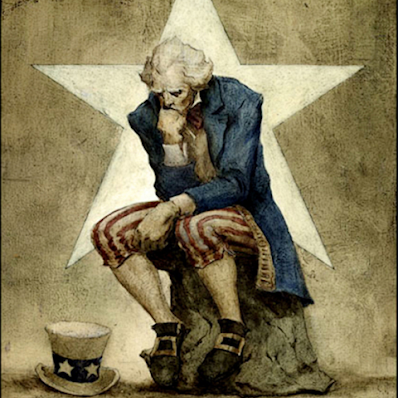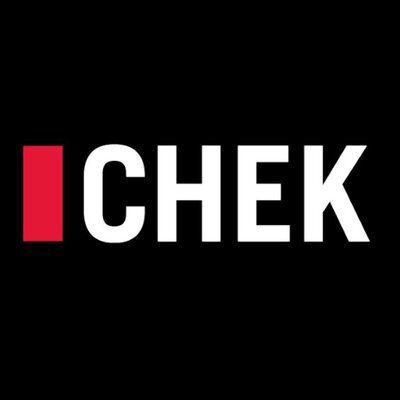The Francis Scott Key Bridge collapse, which killed six people in Baltimore, could see insured losses between $2 billion to $4 billion. The figures could make it “the most expensive marine insured loss in history.” However, who will pay and how much depends on who is asked.
President Joe Biden, who is scheduled to visit Baltimore on Friday, April 5, has vowed the federal government will pay, but Republicans in Congress stand in his way.
Meanwhile, the owner and manager of the ship that crashed into the bridge are trying to escape some of the costs. They filed jointly using a pre-Civil War provision in maritime law, which limits their liability to the “value of the vessel’s remains.” In total, it would cap their reported expenses at $43.6 million.
However, at least one legal expert said that the provision likely won’t allow the company to escape that much liability. Instead, what the provision does is force all subsequent claims to be filed in one place.
Around 100 insurance companies are reported to be involved in the case. The insurance companies cover everything from cargo on the ship, the ship itself, the bridge, and even the Port of Baltimore. Those insurance companies will likely front the costs eventually, according to a legal analyst.
Once an investigation is complete, and it is determined who is at fault, insurance companies will reportedly sue the responsible party in an attempt to recoup their losses.
The ship’s owner, who is based out of Singapore, argues that they were not previously aware of the vessel’s mechanical issues that led to the crash.
Meanwhile, the Biden administration has already approved $60 million to help clear debris and for rebuilding efforts. That’s just a fraction of what’s needed, as costs to repair the bridge alone could be as high as $1.2 billion. The emergency funds that the Biden administration provided are also limited, and Congress would need to approve additional funding for bridge reconstruction.
Many Republicans, including former Republican House Speaker Newt Gingrich, said it should not be the government’s responsibility to pay; rather, the insurance companies should foot the bill.
As the debate over who should pay continues, efforts to remove the wreckage from the Patapsco River are underway. Sonar images have revealed that there is still debris at the waterway, and divers were swimming in “virtual darkness.” Cranes are also assisting by lifting hundreds of tons of wreckage to clear the channels.
Gov. Wes Moore, D-Md., said efforts will need to include more than just rebuilding the bridge. Moore said that he’s also focused on the victims and the long-term economic impact.
“Our work with these families does not end with recovery,” Moore said. “Both federal and state partners are meeting with families of the victims to offer them support.”
Moore went on to say that this is not just about a bridge but “it’s about our nation’s economy.”



















































